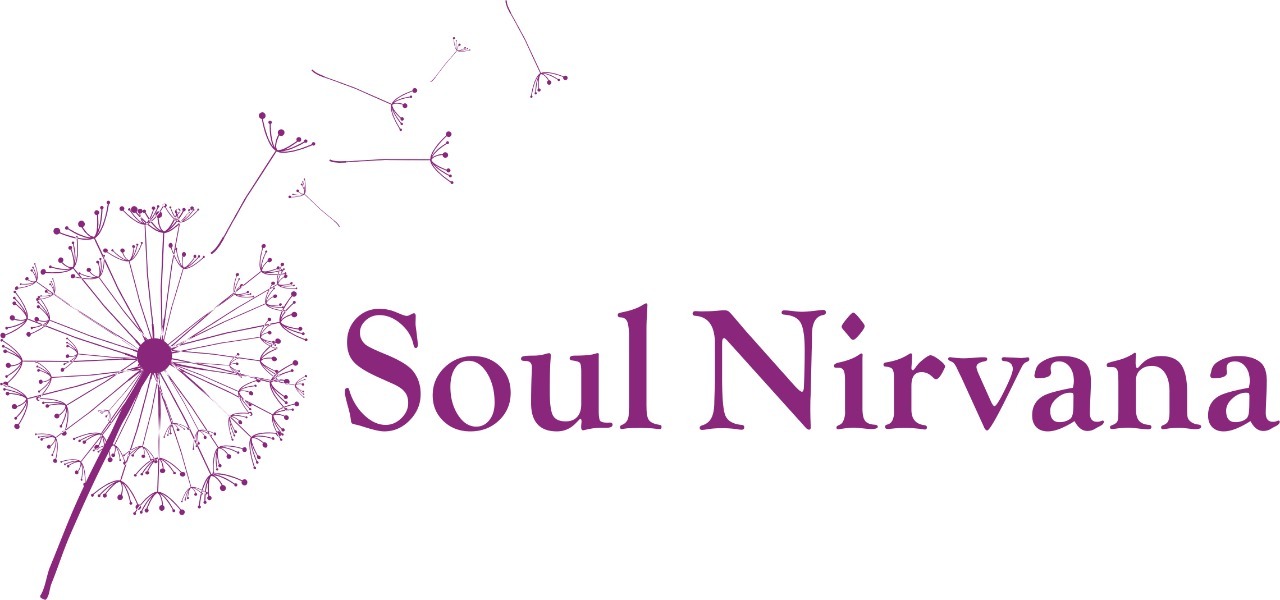“Who Am I?” — When a Child Asks the World and the Self for Answers

“You are not what happened to you. You are what you choose to become.” — Carl Jung.
Introduction
In a world racing toward external achievement, one of the most piercing and pure questions a child can ask is: “Who am I?”
Whether it's asked aloud or reflected silently in wide eyes, it’s a question that doesn’t just seek knowledge—it seeks presence, grounding, and truth. Adults often freeze when they hear it, not because they don’t know the answer, but because somewhere along the way, they too stopped asking.
A study highlighted how such a question usually directs the child to introspect and work on their emotional intelligence, and how increasing one's emotional intelligence skills can be cultivated for developmental progress. Supports Goleman’s premise that EI skills can be cultivated for developmental progress.
This article explores that question not only as a child might pose it to adults but also how it echoes within our own inner child. And in doing so, we discover that mental health isn’t just about therapy, it’s about returning to authenticity.
Why “Who Am I?” Is the Question We Never Stop Asking
At the heart of human development, mental health, and emotional intelligence lies the pursuit of identity. For a child, the question “Who am I?” is not just philosophical—it’s a survival mechanism. It defines how they relate to the world, to others, and to themselves.
a. How Children Begin to Build Their Identity
- Mirror Neurons and Modelling:Studies in developmental psychology show that children’s brains mimic the emotional and behavioural responses of adults around them. They first learn who they are by watching who we are.
- Emotional Availability: Consistent, loving responses from caregivers help children internalize a stable sense of self. Inconsistent reactions may leave the child uncertain, spiralling into identity confusion.
Psychologists like Dr. Dan Siegel, in The Whole-Brain Child, suggest that helping children integrate their emotional and rational experiences is crucial to building a stable sense of self. Techniques like “Name it to Tame it” and “Mindful SIFT” encourage children to explore their inner world, giving language to emotions and thoughts that might otherwise feel overwhelming.
- Social Context: Cultural, religious, and societal norms shape how children are allowed to see themselves. For example, a child labelled “too sensitive” may grow up suppressing empathy, a core part of their identity.
When a child asks, “Who am I?”, what they’re also asking is, “Am I allowed to be me?” And that’s a deeply pivotal question, the answers to which will define the adult the child will become.
b. Adults and the Disconnected Inner Child
As adults, we often silence our inner child—the one who once asked, “Who am I?” with wonder. Life becomes a series of roles: employee, partner, parent. But what happens when we don't remember who we truly are underneath those layers?
- Burnout and Identity Loss: A 2022 study by the WHO noted a rise in anxiety and depressive disorders linked to role-based identity collapse.
- Repression of Emotions: Unprocessed childhood experiences can trap the inner child in cycles of self-doubt, perfectionism, or shame.
- Over-identification with Trauma or Labels: Many adults confuse trauma with identity. “I am broken” is not who you are; it’s what happened to you.
c. The Role of Mental Health Professionals in Identity Formation
- Mental health professionals help untangle the stories we tell ourselves from the stories that are true.
- Therapy offers a mirror—not to fix who we are—but to reveal who we’ve always been beneath fear, shame, or performance.
- A Personalized Therapy Care Plan can help both children and adults rediscover and stabilize their identity in safe, structured ways.
Actionable Steps to Help a Child (or Yourself) Explore Identity
Helping a child, or your own inner child, answer the question “Who am I?” is not about providing answers. It’s about creating space for discovery, self-trust, and love.
a. Use Open Dialogue and Reflective Listening
- Don’t rush to label. When a child says, “I don’t know who I am,” don’t fill the silence with roles. Sit with it. Ask, “What do you think?”
- Repeat their feelings back. If they say, “I feel weird,” try “You feel like you don’t fit in right now. That can be really hard.”
- Avoid overcorrecting. Let them try on versions of themselves. That’s how growth happens.
b. Create “I am” Rituals
- Try this journaling prompt together:
- “Today I felt most like myself when…”
- “I feel powerful when…”
- “I feel safe when…”
Use a mirror practice where both you and your child say affirmations out loud:
“I am kind.”
“I am learning.”
“I am enough.”
Let children build “I Am” boards with drawings, cut-outs, or words that feel true to them. (This works beautifully for adults, too.)
c. Choose Environments That Reflect the Child’s True Self
- Encourage creativity over performance: art, dance, play.
- Say yes to exploration and no to forced conformity.
- Select learning spaces that integrate emotional safety with education. Comprehensive Parenting Support Programs often guide caregivers in choosing such environments.
Emotional and Spiritual Insights—What This Journey Means for All of Us
The question “Who am I?” is a spiritual awakening in disguise. Beneath the psychological mechanics is a soul that wants to be witnessed.
a. Reparenting the Inner Child
- The first time you felt rejected, you probably believed you were the problem. Healing begins when you stop judging your pain.
- Gently ask your inner child:
- “When did I stop believing I was enough?”
- “What do I need to feel loved today?”
- Visualization practices where you embrace or speak to your younger self can bring profound emotional breakthroughs.
b. Letting Go of Identity as Performance
- We live in a world that rewards who we pretend to be over who we are.
- But wholeness is not found in perfection. It’s found in permission.
- The permission to be raw, changing, unsure.
- Mindfulness and therapy can teach us to relate to identity as fluid rather than fixed. You’re not failing if you’re evolving.
c. Witnessing the Child Without Projection
- Often, we don’t answer a child’s question honestly because we haven’t answered it for ourselves.
- When a child says, “Who am I?” and your heart aches, it’s your inner child calling too. Sit with them both.
- That’s how generational healing begins: when one adult refuses to pass on confusion, and instead says: “You are loved, just as you are—even if you don’t know who that is yet.”
Conclusion
Carl Jung said we don’t become enlightened by imagining figures of light, but by making the darkness conscious. Asking “Who am I?” is not the end of certainty - it’s the beginning of wisdom.
When a child asks this question, give them space to grow into it. And when your inner child whispers it late at night, listen.
Because you are not the roles, the grades, the trauma, or the expectations.
You are what’s left when all of that falls away. You are becoming.
If you’re seeking guidance on this journey, don’t hesitate to reach out to the Best Mental Health Professionals who can walk with you - not to give you answers, but to help you remember your own.
FAQs
1. Why is “Who am I?” an important question in child development?
This question signifies that a child is beginning to explore their identity beyond external labels. It’s crucial for emotional growth and self-understanding.
2. How do I answer a child when they ask, “Who am I?”
Instead of giving a fixed answer, ask reflective questions and affirm their uniqueness. Encourage exploration over definition.
3. Can adults ask themselves this question, too?
Absolutely. Many mental health journeys begin with reclaiming a lost or neglected identity. Therapy and mindfulness are powerful tools in this process.
4. How do I help my inner child feel safe again?
Start by listening without judgment. Journaling, inner child meditations, and speaking gently to yourself as you would to a child can help begin the healing.
5. Are there professional programs that help with identity formation in children?
Yes. Programs like Comprehensive Parenting Support Programs guide caregivers in building emotionally safe and identity-affirming environments for children.
Sources
- Emotional intelligence impact on academic achievement and psychological well-being among university students: the mediating role of positive psychological characteristics - PubMed
- Emotional-Intelligence-by-Goleman-Summary.pdf
- "The Whole-Brain Child” Review: Understanding The Science Behind Parenting | Guide To Reads
- COVID-19 pandemic triggers 25% increase in prevalence of anxiety and depression worldwide

Ms Sonali Sikdar
Ms Sonali empowers individuals to grow, heal, and align their careers with their inner calling.
Related Blogs
No related blogs available.
